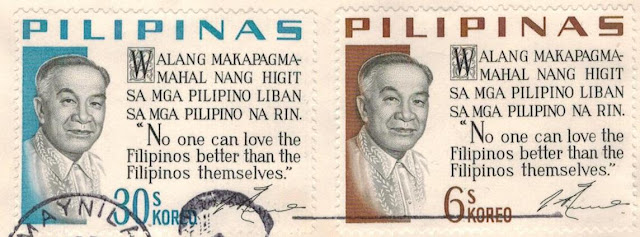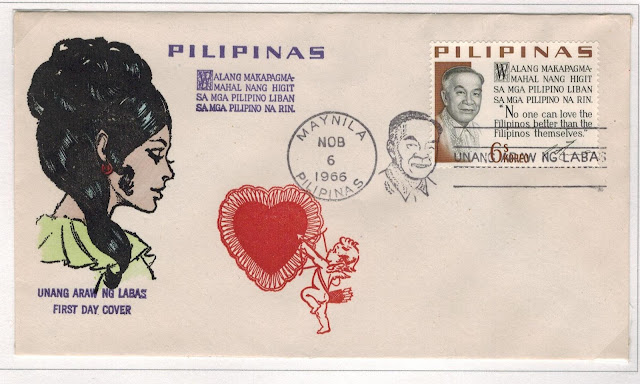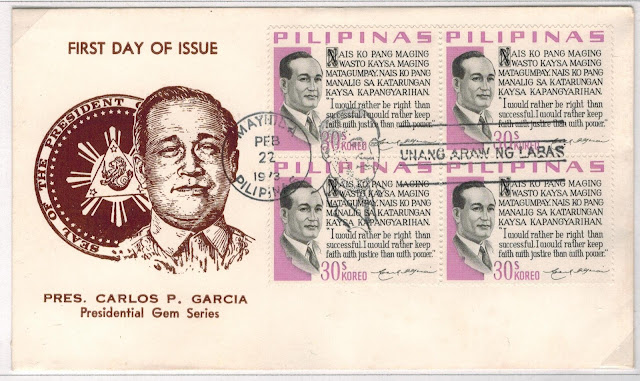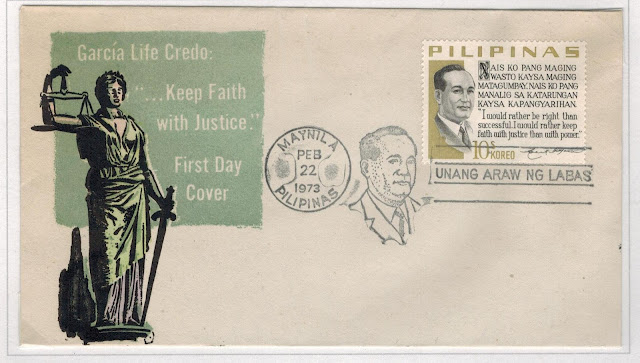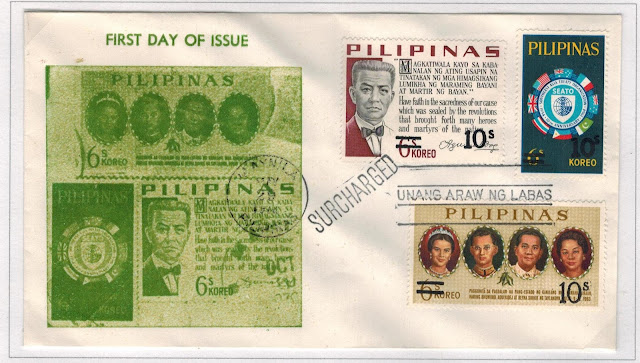The Battle of Manila fought from February 3 to March 3 1945 between
American and Japanese forces was one of the great tragedies of WWII.
Manila was the only city in which Japanese and Allied forces collided.
The results were devastating: an estimated 100,000 of its citizens died and 80% of the city destroyed.
 |
| The Shrine of Freedom Located in the Intromuros, Manila, was erected in dedication and memory to the 100,000 civlians who died in the Battle of Manila. |
Japanese Invasion, December 1941
On December 8, 1941, Japan began its invasion of the Philippines. U.S. forces led by General Douglas MacArthur were no match for the Japanese and in late December, MacArthur ordered the withdrawal of his troops to the Bataan peninsula and transferred his headquarters to the island of Corregidor.
Manila Declared an Open City : December 1941
Since MacArthur was abandoning Manila without defensive efforts, he declared Manila an "Open City" on December 26, 1941. The declaration was a signal to Japanese forces not to attack the city. Nevertheless, Japanese aircraft carried out bombing strikes over the port district in late December. On January 2, 1942, Japanese troops entered Manila under orders to seize the city and prevent its destruction.
U.S. Surrender of the Philippines , May 1942
Following military defeats at Bataan and Corrigedor, U.S. forces surrendered the Philippines to the Japanese on May 6, 1942, beginning three and a half years of occupation.
MacArthur : "I Shall Return"
Following his escape from Corrigedor, MacArthur made this statement to reporters on his arrival to Australia on March 17, 1942:
The President of the United States ordered me to break through the Japanese
lines and proceed from Corregidor to Australia for the purpose, as I understand
it, of organizing the American offensive against Japan, a primary objective of
which is the relief of the Philippines. I came through and I shall
return.
U.S. Recapture of the Philippines
The U.S. recapture of the Philippines under MacArthur's leadership began with the landing of U.S. forces on Leyte in October, 1944. By late January, 1945, American troops were racing to Manila.
Battle of Manila, February-March 1945
Although, General Krueger, one of MacArthur's commanders on
Luzon, had advocated bypassing the Japanese garrison in Manila, letting
it "wither on the vine" while they focused on the main body of Japanese
troops far outside the city, MacArthur ordered the capture of Manila.
Japanese Defence of Manila
General Yamashita, commander of Japanese forces in the Philippines, was forced to retreat from Manila to Baguio City. Since Manila could not be defended, Yamashita ordered the removal of Japanese troops from the city and declared Manila an open city. However, Admiral Iwabuchi disobeyed Yamashita's orders and re-occupied Manila with 16,000 men. Yamashita did not learn of Iwabuchi's suicidal actions until mid-February and was unable to stop Iwabuchi's defence of Manila. The
Americans used major artillery to dislodge the die-hard Japanese defenders which killed more people and caused more physical damage than did the Japanese. The one-month battle culminated in the death of 100,00 civilians and destruction of most of the Manila.
MacArthur's Return to Manila
Just before the last fighting ended, MacArthur summoned a provisional assembly of prominent Filipinos to Malacanan Palace and in their presence declared the Commonwealth of the Philippines to be permanently reestablished. “My country kept the faith,” he told the gathered assembly. “Your capital city, cruelly punished though it be, has regained its rightful place—citadel of democracy in the East.”
 |
| Manila after liberation by U.S. forces |
Many authors and historians believe that MacArthur's decision to retake Manila was motivated more by personal rather than military reasons.
Douglas MacArthur Stamps
On February 3, 1948, the third anniversary of the start of the Battle of Manila, the Philippines issued a set of three stamp, engraved by the American Bank Note Co., featuring the image of Douglas MacArthur "Defender-Liberator".
 Post Office First Day Cachet: "I SHALL RETURN"
First Day Covers
Post Office First Day Cachet: "I SHALL RETURN"
First Day Covers
(Not in author's collection)







